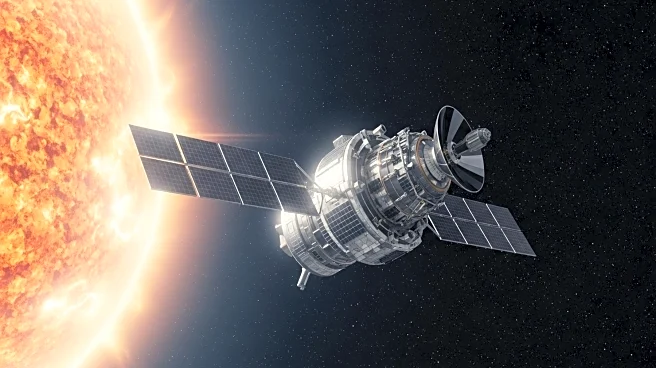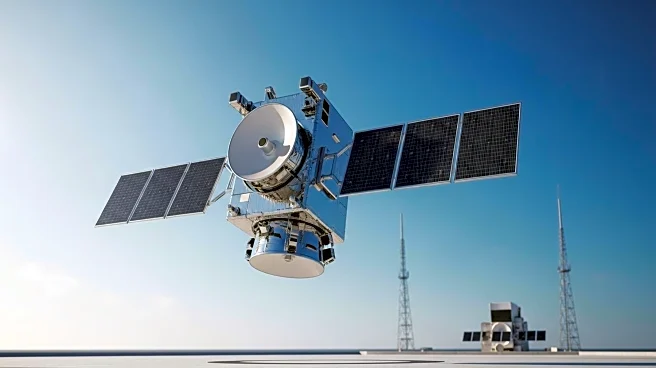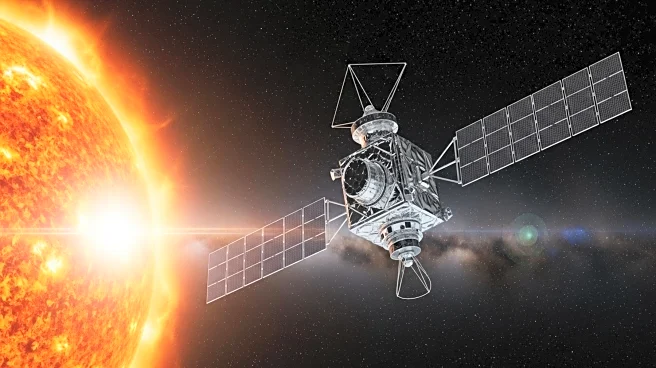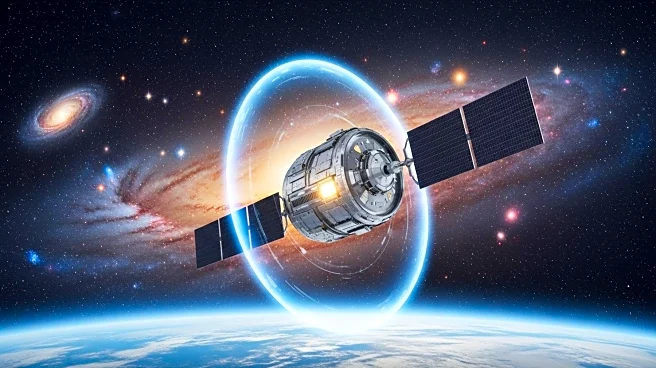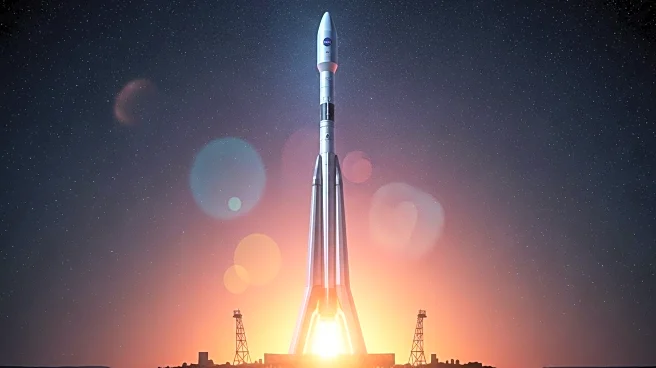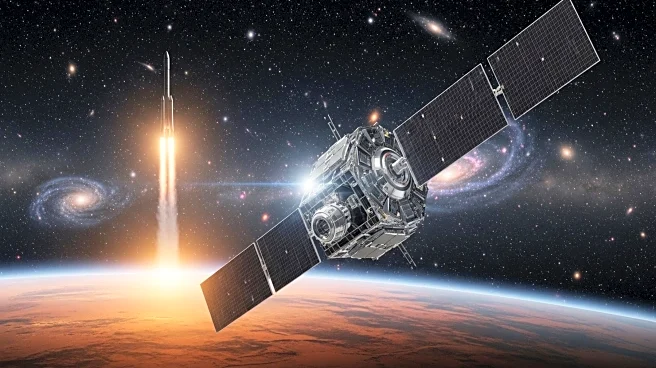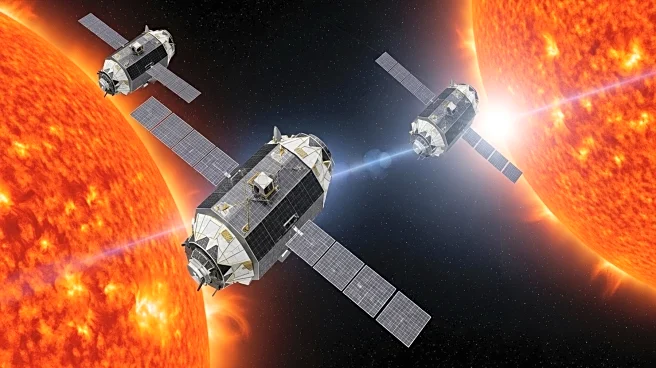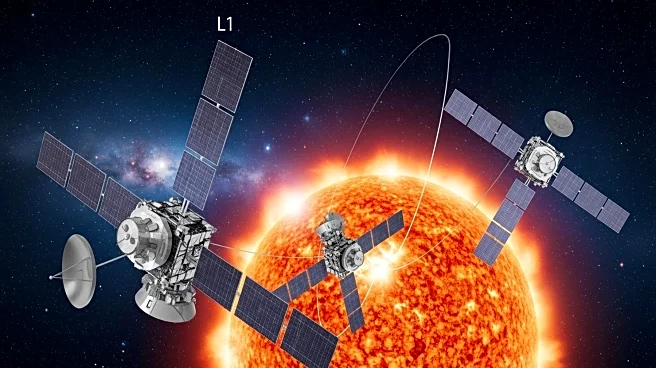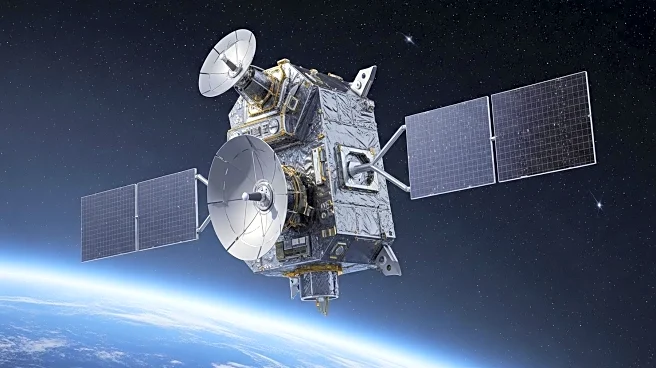What's Happening?
NASA is set to launch the Interstellar Mapping and Acceleration Probe (IMAP) on September 23, 2025, to explore the heliosphere's boundary, known as the heliopause. This mission aims to provide a detailed map of the solar system's edge, where the Sun's influence ends and interstellar space begins. IMAP will be stationed 1.5 million km from Earth and equipped with advanced instruments to capture particles streaming from interstellar space, offering 30 times higher resolution than previous missions.
Why It's Important?
The heliosphere acts as a protective shield, blocking harmful cosmic radiation from entering the solar system. Mapping its boundary is crucial for understanding how our solar system interacts with the galaxy and how cosmic radiation might affect astronauts venturing beyond. The data from IMAP will enhance space weather forecasting, providing early warnings of solar storms, which is vital for protecting satellites and astronauts.
What's Next?
IMAP will begin its primary mission after launch, expected to last at least two years. It will provide real-time solar wind monitoring and contribute to space weather models. The mission will also deepen our understanding of particle acceleration processes at the heliosphere's boundaries, offering insights into similar phenomena in distant supernova shock waves.
Beyond the Headlines
The study of the heliosphere's boundary has implications for understanding cosmic boundaries on larger scales, such as galactic interactions. The mission could inform future deep-space travel plans, as understanding the radiation environment beyond the heliosphere is crucial for designing spacecraft and habitats.

